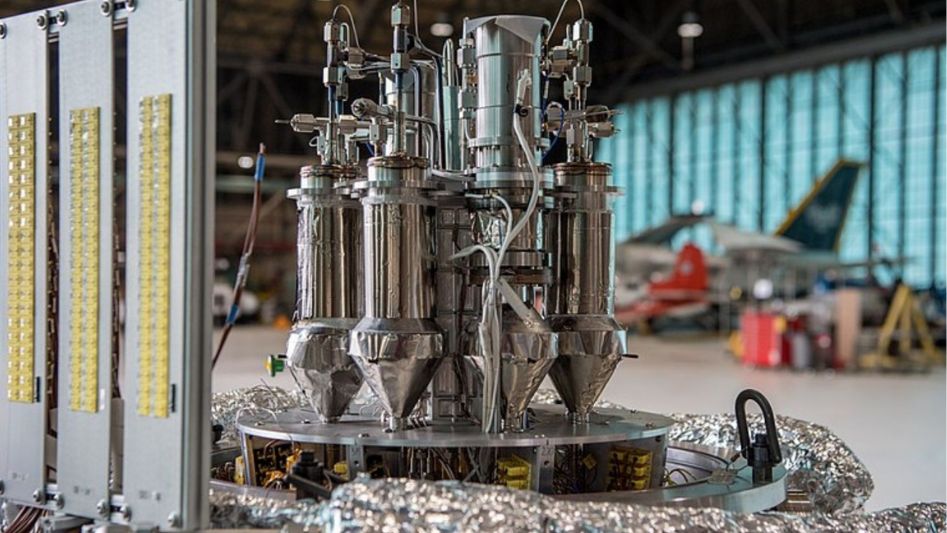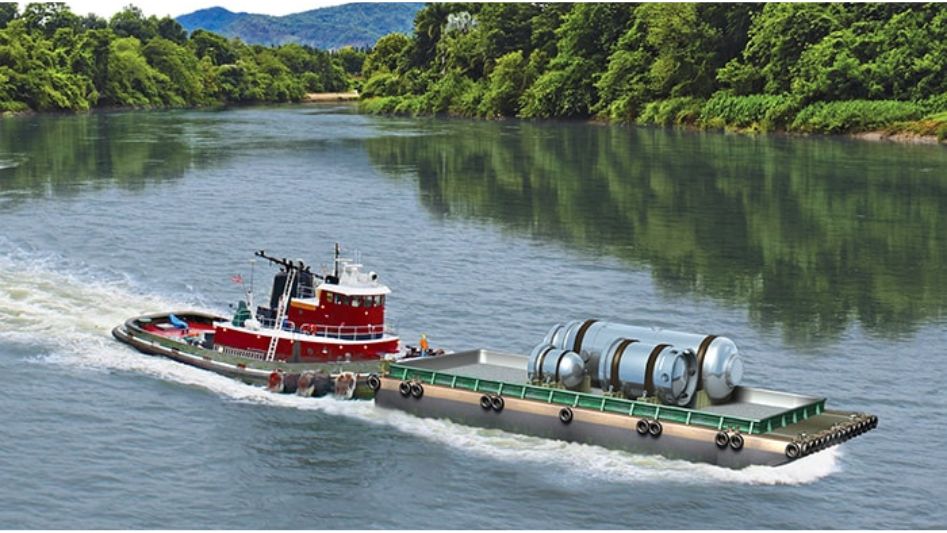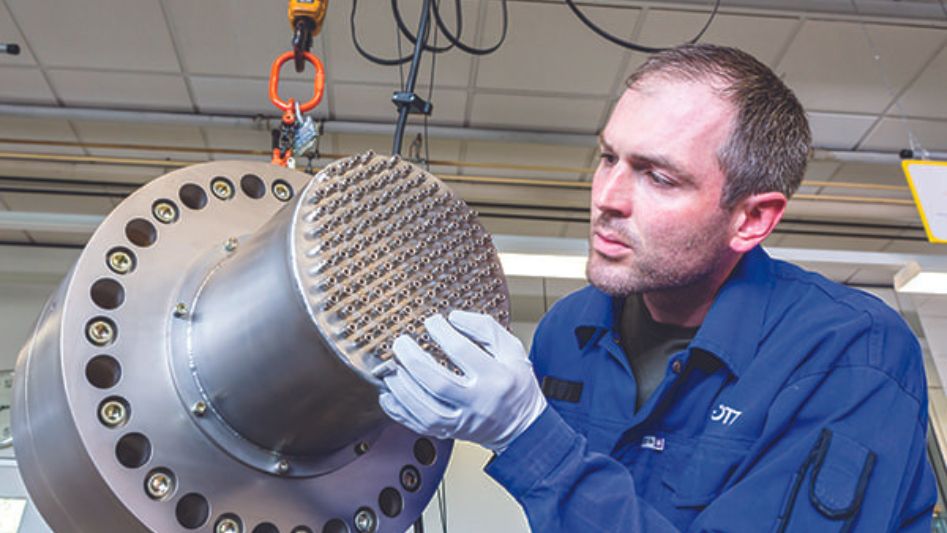Small Modular Reactors offer a viable alternative to today’s nuclear power plants. Learn about their strengths, weaknesses and the future of this innovative technology.
Table Of Content
- Introduction
- Advantages of SMRs
- What is the status of SMRs?
- SMRs and sustainable development
- Conclusion
- FAQ
- You May Also Like
- External Links
The power output of modern nuclear reactors, known as small modular reactors (SMRs), is up to 300 MW(e) per unit, or around a third of conventional nuclear power reactors. To generate a great deal of low-carbon electricity, SMRs are:
- Small: comparatively much less in size compared to a typical nuclear power plant
- Modular: Allowing equipment and its constituents to be constructed at production before being shipped to their final destination for installation.
- Reactors: Using the heat created by nuclear fission to create usable energy.

Advantages of SMRs
SMRs’ many advantages stem directly from their compact and customizable layout. Due to their reduced size, SMRs can be placed in areas unsuitable for bigger nuclear power facilities. Small modular reactors (SMRs) are less costly to construct than massive power reactors because their components can be constructed off-site, transported, and installed on-site. Small modular reactors (SMRs) can be installed gradually to keep up with rising energy demand while saving money and time during development.
Technology, namely the lack of grid coverage in remote regions and the associated expenses of connecting to the grid, is a barrier to expanding access to electricity. It is not acceptable for a single power plant to account for more than 10% of the total installed grid capacity. In places lacking the necessary lines of transmission and grid capacity, SMRs can be deployed into an existing structure or remotely off-grid as a function of its reduced electrical output, providing low-carbon power for industry and the populace. This is especially important for microreactors, a type of SMR created to produce electrical power typically up to 10 MW (e). The limited availability of sustainable, consistent, and affordable energy in some parts of the world makes the adoption of microreactors, which require less land than other SMRs, an attractive option. In addition, microreactors could replace diesel-fueled power generators in isolated areas, such as rural villages or companies, or function as a backup power source during an outage.
The safety approach for SMRs usually focuses more on inactive technologies and the inherent safety characteristics of the reactor, such as low power and operating pressure, than it does for current reactors. Since passive systems rely on natural processes, including natural circulation, convection, gravity, and self-pressurization, they can be turned off without help from humans or other external forces. Sometimes, improved safety margins can eradicate or greatly reduce the possibility of dangerous radiation emissions to the environment and the people in the event of an accident.
The amount of fuel needed is lessened with SMRs. Refueling traditional power plants may be needed every 1–2 years, but SMR-based facilities may only need to do so every 3–7 years. To minimize downtime, some SMRs can go thirty years between fuel changes.
What is the status of SMRs?
Both individuals and organizations are pursuing efforts to commercialize SMR technology. Two SMRs, each with a capacity of 35 MW(e), power Russia’s Akademik Lomonosov, the world’s first floating nuclear power station, which began commercial operation in May 2020. Argentina, Canada, China, Russia, South Korea, and the United States have other SMRs either being built or in the licensing phase.

More than seventy commercial SMR designs are now under development across the globe, each aiming to produce a unique output for a specific use. Despite SMRs’ lower capital cost per unit, their financial feasibility has yet to be demonstrated.
SMRs and sustainable development
Regarding efficiency, finances, and adaptability, SMRs and nuclear power plants have advantages. Some renewables, like wind and solar, are variable energy sources that depend on temperature and time of day, but nuclear reactors provide distributed power sources of energy because they can alter output to meet electrical demand. In a hybrid energy system, SMRs could be used to improve the performance of renewables. As a result of their unique properties, SMRs are well-suited to aid in the switch to clean energy while also assisting governments in meeting the Sustainable Development Goals (SDGs).
There has been noticeable progress toward Sustainable Development Goal 7’s goal of universal access to electricity, although gaps still exist, especially in rural and outlying areas. The growing use of renewable energy and the introduction of SMRs have the potential to address such gaps as global efforts attempt to deploy clean and creative solutions.
Conclusion
Many different commercial markets throughout the world show promise for SMRs. All applications can benefit from SMRs’ increased safety, security, and adaptability. Most energy and environmental laws and regulations endorse this eco-friendly power source. Improved and well-informed licensing that take into account the benefits of SMR precautionary measures, manufacturability, decreased public risk, and deployment adaptability will be necessary to realize the full potential of this energy alternative and commercial opportunity.
FAQ
For what use do SMRs exist?
Power generation, process heat, desalination, and other associated industrial applications are only some of the many possible uses for advanced SMRs, the scale of which can extend from the tens to hundreds of megawatts.

Which Advantages Does SMR Have?
In comparison to larger nuclear power facilities, SMRs have many advantages. Among these benefits are higher levels of security, lower production costs, a straightforward design, and greater adaptability in terms of cost, location, capacity, and final usage. Also, more modules can be added without trouble when energy needs grow.
Can We Trust SMRs for Our Energy Needs?
Compared to traditional reactors, SMRs pose less proliferation risk due to their enhanced passive protection measures and more effective enclosure.
You May Also Like
- CAN SMALL NUCLEAR REACTORS SAVE US FROM A WARMING PLANET?
- HOW DOES A SMALL NUCLEAR REACTOR WORK?
- THE NEW HYDROGEN PRODUCTION METHOD NO-ONE IS TALKING ABOUT
- ARE SMALL WIND TURBINES WORTH IT? (PROS AND CONS TO CONSIDER)
- HOW RENEWABLE IS SOLAR ENERGY? THE UNBELIEVABLE FACTS
